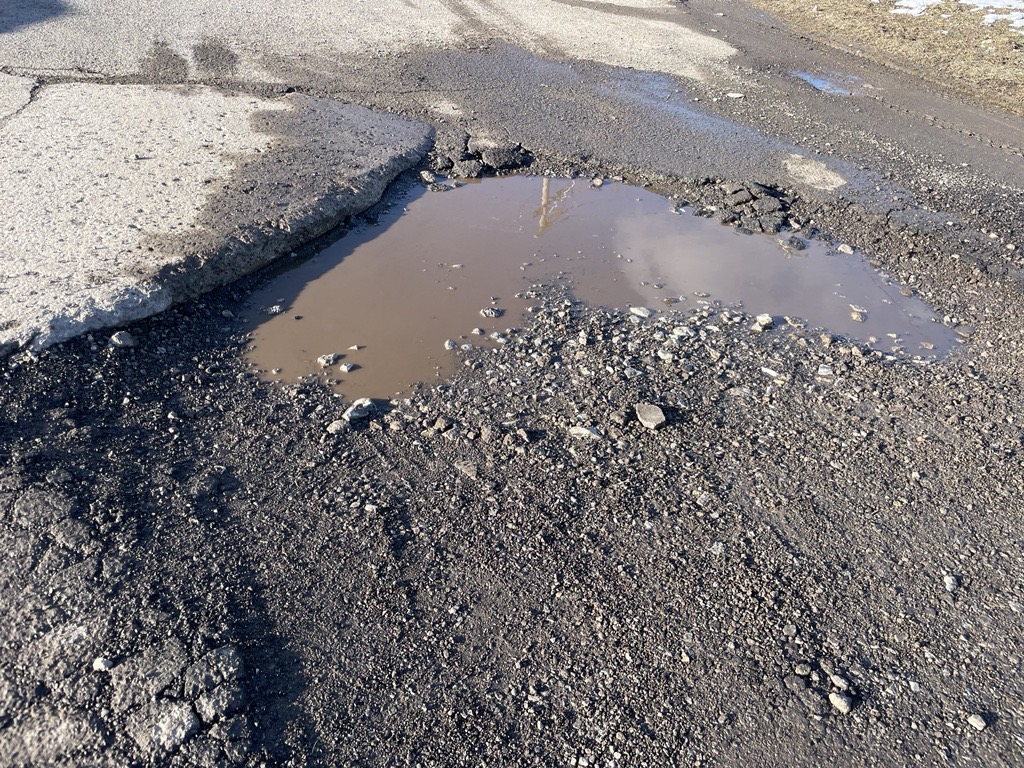AAA: Massive Bump, 57% Increase in Drivers Who Sustain Vehicle Damage from Potholes
AAA: Massive Bump, 57% Increase in Drivers Who Sustain Vehicle Damage from Potholes

A new survey from AAA found nearly 2 in 10 drivers had to get their vehicle repaired after hitting a pothole last year. In total, an estimated 44 million drivers experienced pothole damage significant enough to require repair in 2022, up from 28 million in 2021 – a 57% increase.
The average vehicle repair cost for pothole damage in 2022 was $406. These same drivers ended up with an average of two pothole-related repairs signaling that America’s roadways need immediate attention. AAA urges government officials and departments of transportation to focus on improving road conditions, prioritizing areas most in need of repair.
The Pothole’s Origin Story
Cracked and crumbling pavement is the perfect environment for potholes to form. Moisture collects in these crevices, expanding and contracting due to freezing and thawing. The pavement gradually crumbles, and when combined with the weight of passing cars, eventually results in a pothole. These craters can wreak havoc on a vehicle’s tires, alignment, suspension, and shocks. In the winter and spring of 2022, AAA responded to 1.9 million tire-related roadside assistance calls across the country. While AAA does not identify if a roadside assistance request is the result of pothole damage, this number represented 12% of the total calls received in the winter and spring last year. The numbers in New York are even higher with more than 14% of total calls related to tires in winter and spring combined (tire calls increase in spring during pothole season in New York).
How to Save Your Car and Your Wallet from Pothole Damage
Check Your Tires, which includes tread depth, tire pressure, suspension, and alignment
• Tread depth—insert a quarter into the tread groove with Washington’s head upside down. If you can see the top of Washington’s head, start shopping for new tires.
• Tire pressure—check this at least once a month before driving when the tires have been at rest and are not hot. Follow the vehicle manufacturer’s recommended inflation pressure found on a sticker inside the driver’s side door.
• Suspension and Alignment—look for changes in vehicle handling, excessive vibration or uneven wearing of tires, all indications of a problem with the suspension like alignment or shocks.
Keep Your Eyes on the Road, an alert and cautious driver is less likely to hit a pothole
• Scan the road ahead for potholes and if it’s safe to do so, drive around any in your path.
• Standing water or puddles may disguise a deep pothole. Avoid driving through standing water when possible but if you can’t, drive through slowly.
• If you can’t avoid a pothole, reduce your speed safely and avoid braking abruptly, particularly as you go over the pothole. Striking a pothole at higher speeds increases the chance of knocking the wheels out of alignment, affecting the steering, and bending or even breaking suspension components.
• If you hit a pothole, pay attention to any new or unusual noises or vibrations. If you detect something is off with your vehicle, take it to a trusted repair facility for a full vehicle inspection as soon as possible.